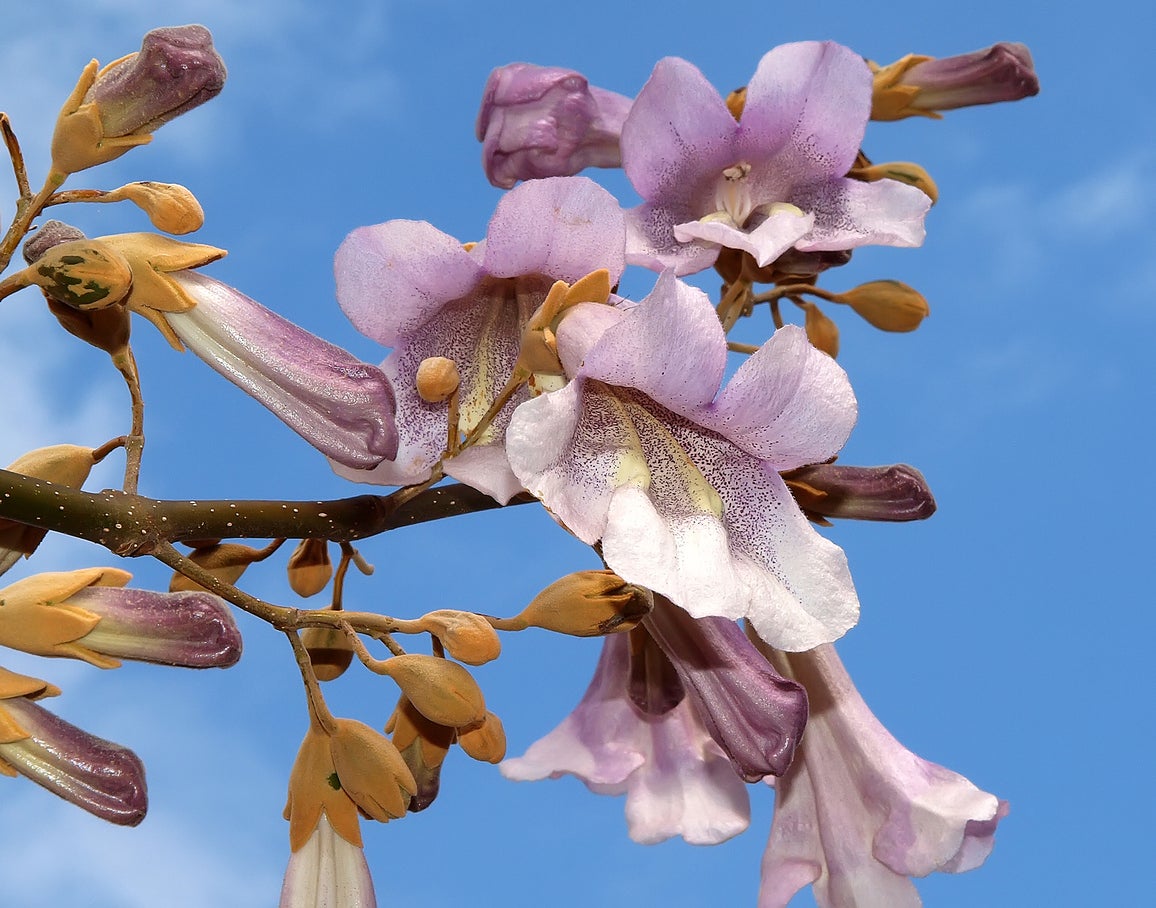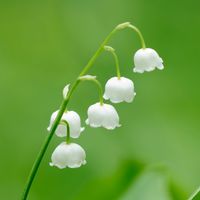Controlling Paulownia – Tips On Getting Rid Of Royal Empress Trees
Getting rid of the beautiful, fast-growing and invasive Paulownia tree may seem like a never-ending battle but it can be done.


Gardeners are not just gardeners. They are also warriors, always vigilant and braced to do battle against a foe in their backyards, whether it be an onslaught of insects, diseases, or invasive plants. Invasive plants, in my experience, have always been the most contentious and difficult to control. If you’ve ever duked it out against a formidable stand of bamboo, you know exactly what I’m talking about. Unfortunately, bamboo is just one of many in a mighty long list of invasives that plague gardeners.
Another royal pain in the rump is the royal empress tree (Paulownia tomentosa), also known as princess tree or royal paulownia. While getting rid of this extremely fast-growing tree may seem like a never-ending battle, there may be some things you can do to stem the spread of paulownia. Read on to learn more about royal empress control.
The Spread of Paulownia
The royal empress tree, native to western China, was a prized flowering ornamental in Europe and introduced to the United States in the early 1800’s. It may have also infiltrated the United States via imports from China, who used the fluffy seeds of the royal empress as packing material. It’s easy to point fingers at whoever brought this into our country as an ornamental, but when you take in the beauty of the royal empress tree, can you really blame them?
Heart-shaped leaves and clusters of around 2 inch (5 cm.) fragrant lavender flowers in the spring (sigh) can be so very, very pretty. Wait…what’s happening? I drank in so much of the beauty that I need some sobering statistics. Reality check– this tree is invasive! We need to know how to kill paulownia trees because their rapid growth and spread is crowding out native plants, destroying our wildlife habitats, and threatening our timber and agricultural industries.
You see those 21 million tiny winged seeds being dispersed through the wind? That’s just from ONE tree and those seeds germinate very easily in scant amounts of soil.
The royal empress tree can also grow up to a staggering 15 feet (4.5 m.) in a single year! The height and width of a royal empress tree can peak at 80 and 48 feet (24 and 15 m.) respectively. Okay, so we know how it got here and how it spreads, but what about getting rid of royal empress?
Controlling Paulownia
Let’s find out how to kill paulownia trees. The most effective means of getting rid of royal empress is with the use of herbicides, preferably environmentally friendly ones.
Sign up for the Gardening Know How newsletter today and receive a free copy of our e-book "How to Grow Delicious Tomatoes".
Rather than using toxic chemicals, here is some advice from ask2extension.org:
"...deny the suckers (root sprouts) light or ... continually cut them down. The remaining live roots use up stored energy reserves in order to resprout foliage, so by shading them or cutting them off to deny the plant photosynthesis, you'll eventually starve-out the remnants of the Paulownia's root system and it will die out and decay."
Large Tree Options (trees over a head high):
Hack and Squirt. Utilized when tree removal is not an option. Use a hatchet to cut slits around the tree stem into the bark. Then, spray an organic herbicide into the slits with a handheld spray bottle. The tree should die over the course of the growing season, but re-application may be necessary the following year
Cut and Paint. Cut the tree all the way down with a chainsaw at the onset of flowering. Then, with a backpack sprayer or handheld spray bottle, apply the same organic or homemade herbicide on the tree stump within a few hours of cutting. You may need to do this more than once or twice.
Small Tree Options (trees under a head high):
Young Seedlings or Sprouts:
Hand Pull. When hand pulling, be sure to capture the entire root system. This is best done when the soil is moist.
Foliar Spray. Apply an organic foliar herbicide if new shoots appear. These sprays may contain seaweed and amino acids.
Seeds: Bag and dispose of any seed capsules in a heavy garbage bag.

Shelley Pierce was a writer for Gardening Know How, contributing to hundreds of articles for the site.